Cranberries have long held a reputation as a superfood, known for their vibrant red color, refreshing tartness, and a host of health benefits. From combating urinary tract infections to being packed with antioxidants, cranberry juice has become a favorite beverage worldwide. While countries like the United States and Canada are major producers of cranberries, global consumption of cranberry juice has grown far beyond North America’s borders. So, which country currently imports the most cranberry juice in the world? Let’s delve into the international trade data, market dynamics, and the reasons behind this fascinating trade trend.
Global Cranberry Juice Market Overview
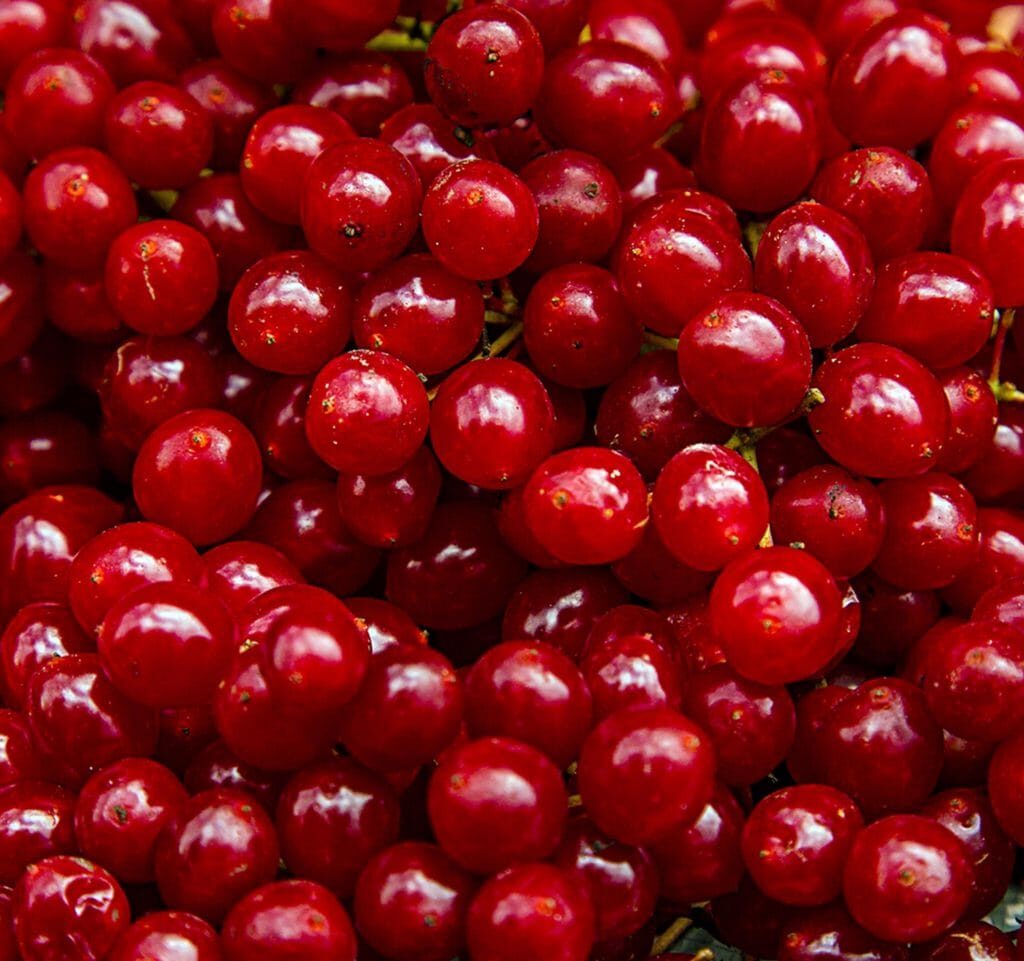
The international cranberry juice market has seen consistent growth over the past decade. As consumers worldwide become more health-conscious and seek out functional beverages rich in vitamins, antioxidants, and natural ingredients, cranberry juice has become a sought-after product.
In 2023, the global cranberry juice market was valued at approximately USD 3.3 billion, with steady growth projections for the coming years. The surge in demand for natural fruit juices without added sugar and the increasing awareness of cranberry juice’s health benefits have helped fuel this expansion.
Though North America remains the top cranberry-growing region, global consumption has driven up imports in countries where cranberries are not widely cultivated but where demand for their juice is increasing rapidly.
Which Country Imports the Most Cranberry Juice?
According to recent trade reports and international market analyses, Botswana surprisingly stands as the world’s largest importer of cranberry juice by shipment volume, while the United States leads in import value.
By Shipment Volume: Botswana
Data from international trade tracking services such as Volza revealed that from October 2023 to September 2024:
- Botswana accounted for over 31% of global cranberry juice imports by shipment count.
- This Southern African country received approximately 1,127 shipments during the period, outpacing much larger nations like the United States and the Philippines.
This may seem unusual at first glance, but it makes sense when examining regional demand trends, re-export opportunities, and emerging health food markets in Southern Africa.
By Import Value: United States
When evaluated by monetary value, the United States is the largest importer of cranberry juice worldwide. Even though the U.S. is also one of the largest producers of cranberries, it continues to import cranberry juice and concentrates for several reasons:
- To supplement domestic supply during off-harvest months.
- To source specialty blends and organic cranberry juices from countries like Canada and South Africa.
- To meet the growing domestic demand for health beverages.
In 2023, the United States imported cranberry juice and related products valued at over USD 1.8 billion, highlighting its strong market appetite for both homegrown and international cranberry juice varieties.
Top Exporters Supplying the Global Market
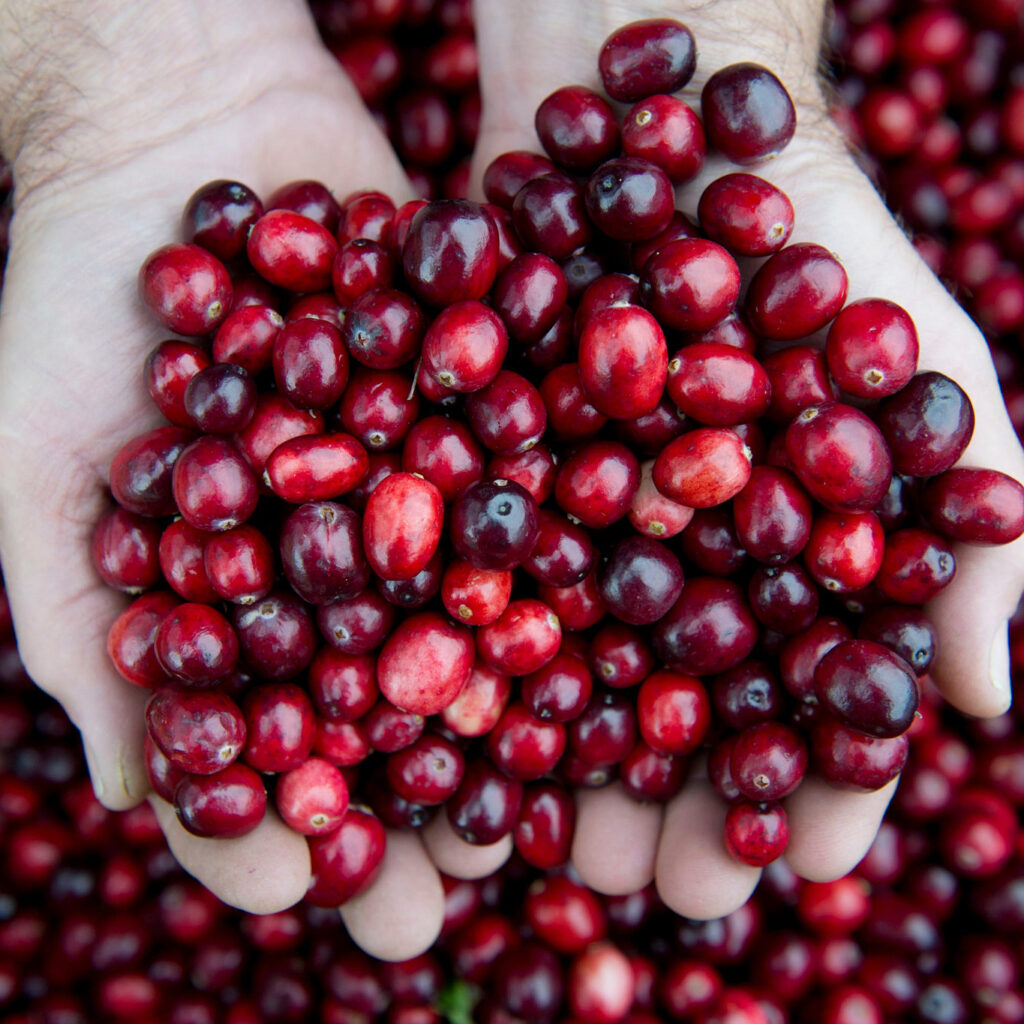
The world’s largest exporters of cranberry juice include:
- South Africa (41% of total global shipments)
- United States (36%)
- United Kingdom (5%)
South Africa’s role as a major cranberry juice exporter has expanded significantly in recent years. The country benefits from favorable trade agreements, competitive production costs, and a growing domestic industry capable of meeting both local and international demand.
Why Does Botswana Import So Much Cranberry Juice?
The heavy import volume into Botswana may seem surprising, given the country’s small population of about 2.7 million people. However, several factors explain this trade phenomenon:
- Emerging Health Beverage Market: As Botswana’s middle class grows and becomes more health-conscious, demand for functional health drinks like cranberry juice is on the rise.
- Regional Distribution Hub: Botswana’s central location in Southern Africa allows it to act as a distribution and transshipment point for neighboring countries such as South Africa, Zimbabwe, and Namibia. Much of the imported cranberry juice may be re-exported to these markets.
- Seasonal Demand Surges: During holiday seasons and special events, consumption of premium beverages like cranberry juice spikes, prompting large imports to meet retail demand.
- Favorable Trade Routes: Close proximity to South Africa, a leading exporter of cranberry juice, makes imports into Botswana logistically efficient and cost-effective.
Why Does the United States Import Cranberry Juice Despite Being a Major Producer?
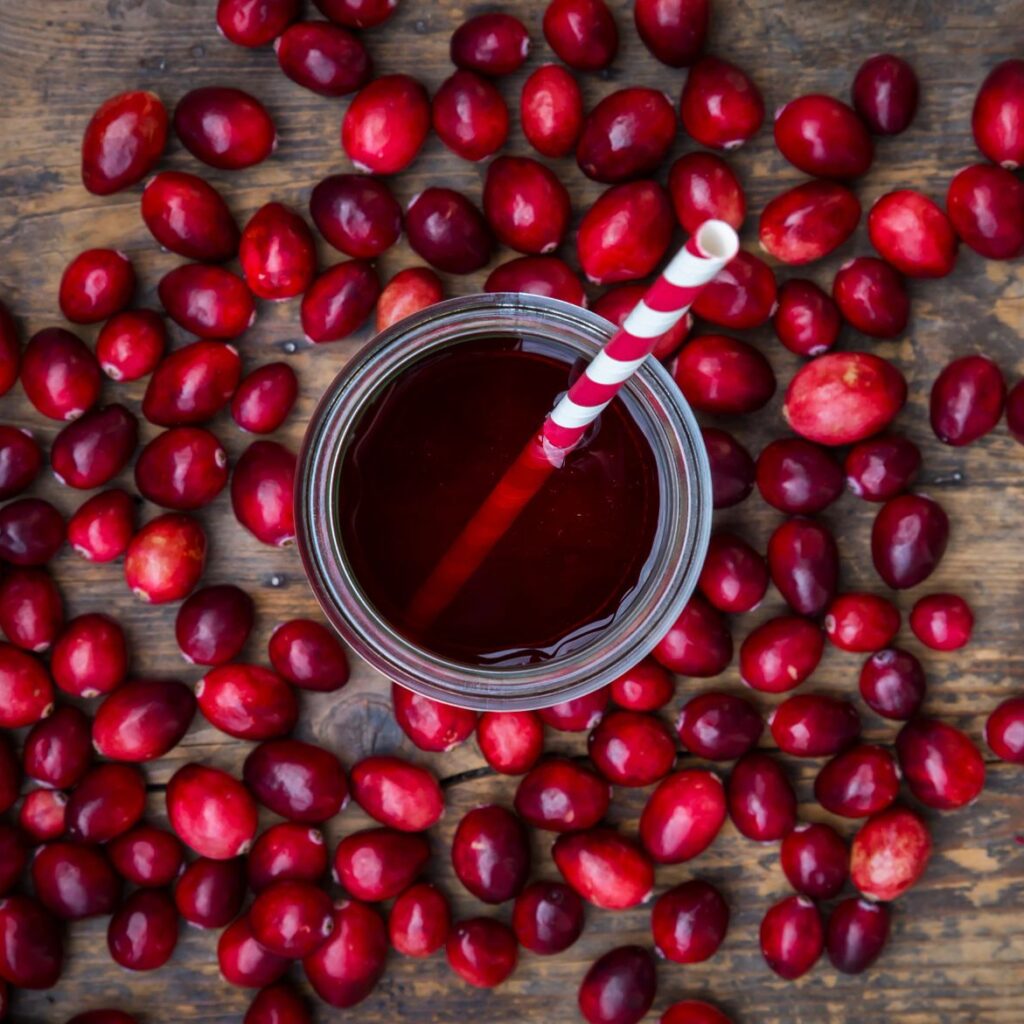
Though the U.S. accounts for around 60% of the world’s cranberry production, it still imports significant quantities of cranberry juice. Reasons include:
- Year-Round Demand: The U.S. cranberry harvest is seasonal, occurring from late September through November. To maintain a continuous supply of juice products throughout the year, imports are necessary.
- Blending and Processing Needs: Leading U.S. brands like Ocean Spray blend domestically produced juice with imported cranberry juice concentrates to achieve consistent flavor profiles and meet production quotas.
- Market for Organic and Specialty Juices: The U.S. imports organic cranberry juice and specialty juice blends from countries like Canada and the U.K. to cater to niche market segments.
Global Market Trends and Future Outlook
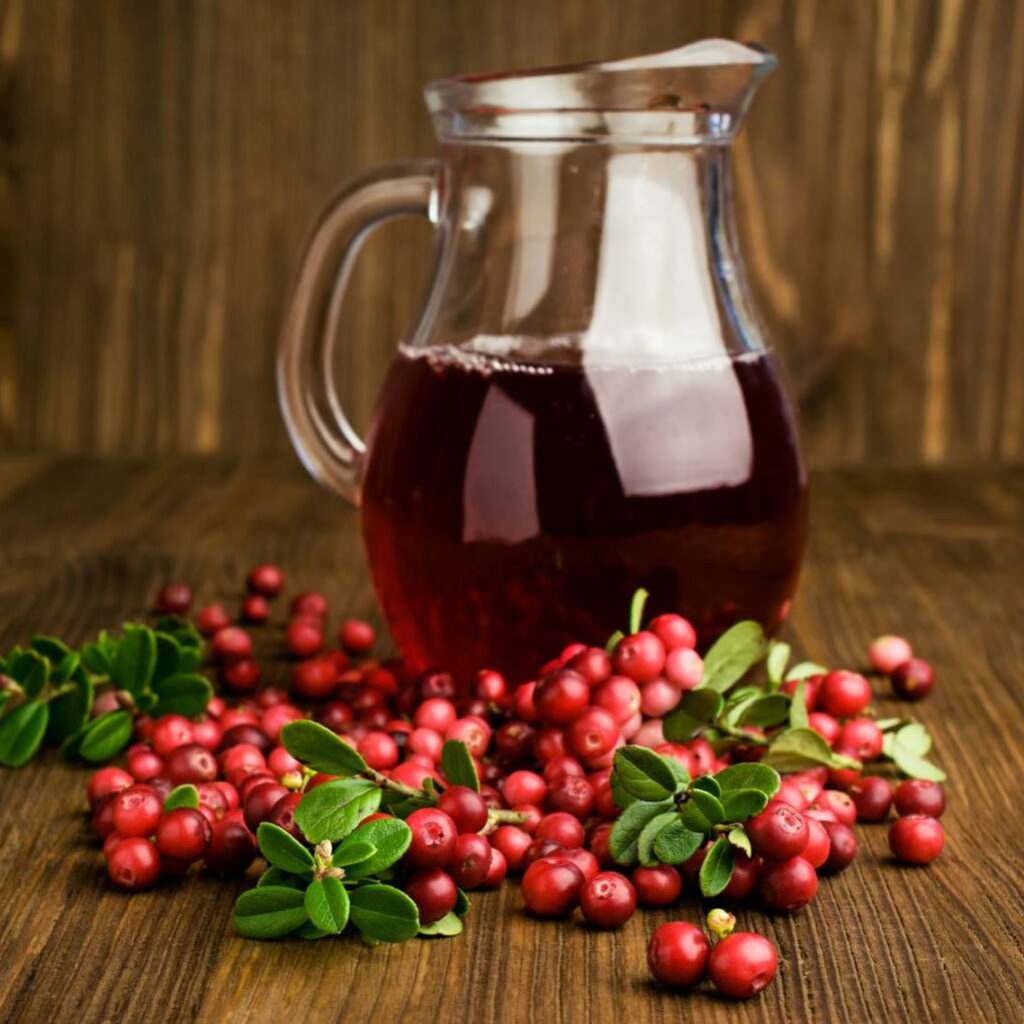
The global cranberry juice market is forecasted to grow from USD 3.3 billion in 2023 to over USD 4.1 billion by 2033, driven by:
- Increasing health awareness
- Growing demand for antioxidant-rich beverages
- Rising interest in plant-based and organic drinks
- Expanded applications in nutraceuticals and dietary supplements
Countries like China, India, and Middle Eastern nations are also emerging as significant importers as their populations become more health-conscious and exposure to Western wellness products increases.
Conclusion
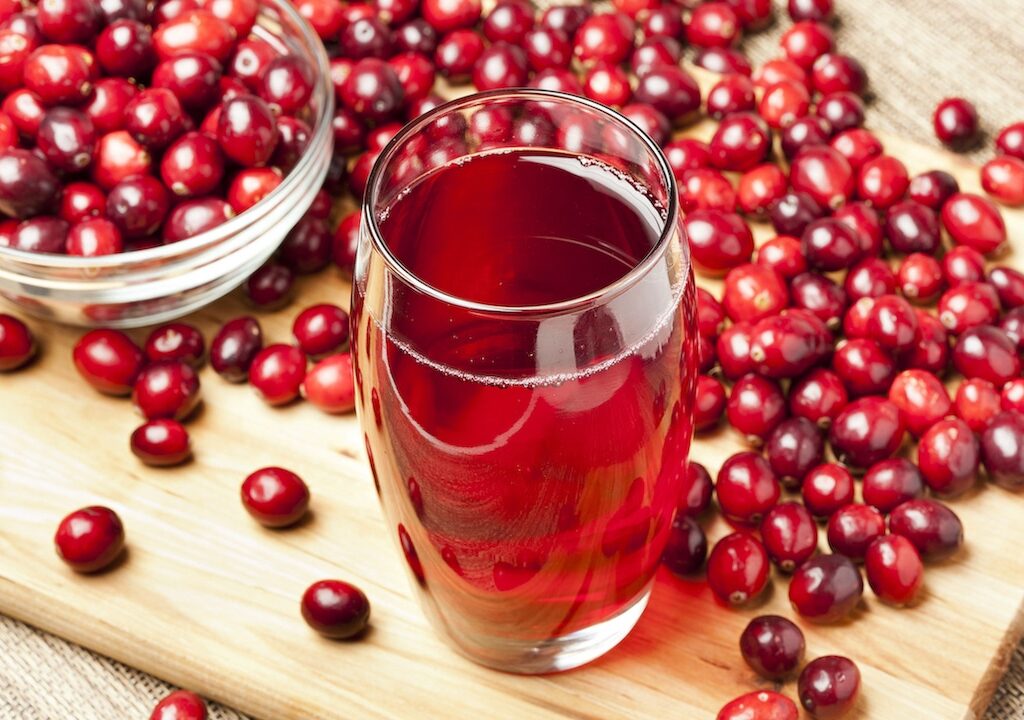
The title of the world’s largest cranberry juice importer depends on the metric you use:
- By shipment volume, Botswana leads the world, accounting for more than 31% of all cranberry juice shipments globally in 2023–24.
- By import value, the United States remains the dominant importer, bringing in over USD 1.8 billion in cranberry juice and related products.
This fascinating dynamic reflects the complexity of global trade, where economic size doesn’t always correlate with trade volume, and niche markets can shape surprising trends in international commerce.
As cranberry juice continues to gain popularity worldwide for its health benefits, expect global demand to rise, with both established and emerging markets playing critical roles in shaping the future of this thriving industry.





Leave A Comment